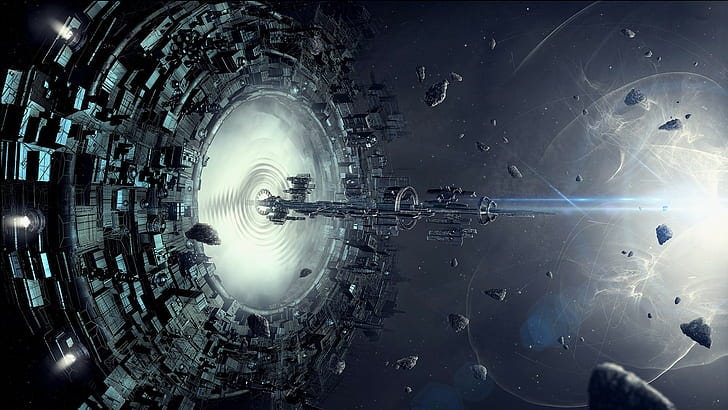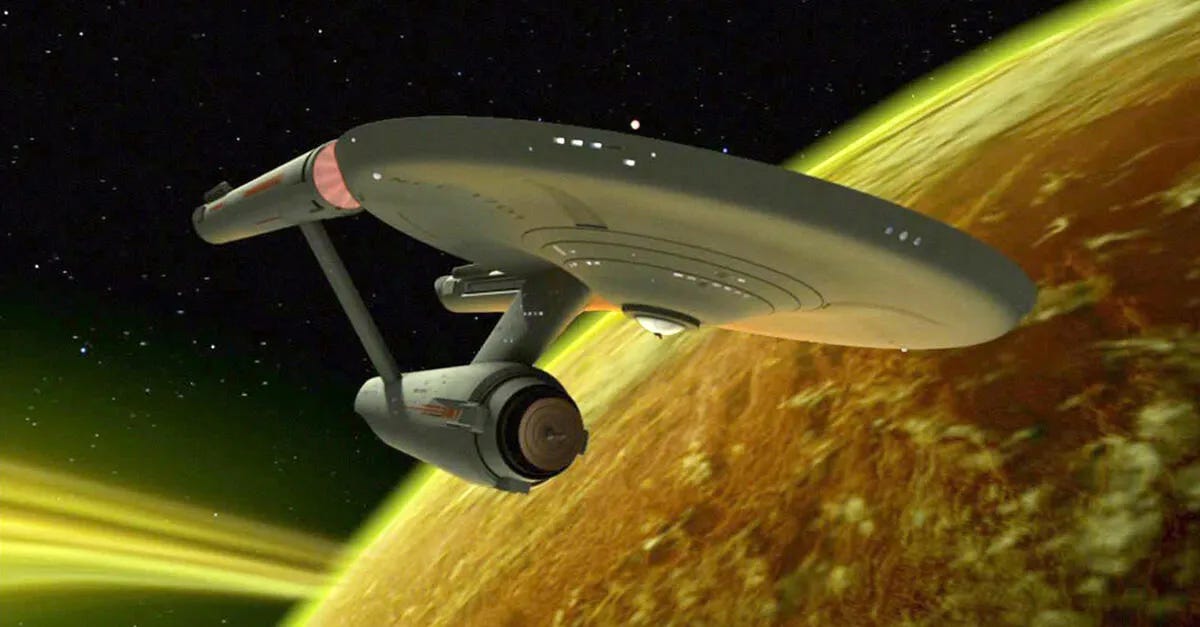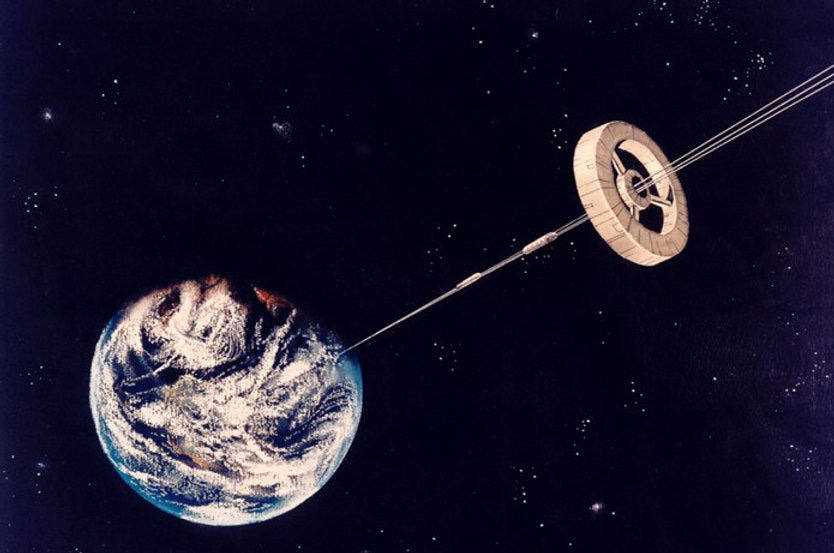“Beam me up, Scotty!” - iconic words of Captain Kirk from Star Trek. That was the signal to activate the transporter - a device that instantly teleports him from a planet’s surface to his starship, the USS Enterprise. But here comes the twist- Captain Kirk never said those exact lines. Millions of Star Trek fans swear that they heard those lines, but it was only variations of this line that appeared in the shows, like “Scotty, beam us up” or “Beam me up”. If one of the most famous lines from the show is a misquote, could we also be misjudging the science behind the technology? Is it as impossible as it seems, or are we closer than we think?
Let us take a look at popular sci-fi technology from ‘Far Fetched’ to ‘Hypothetically Plausible’ to ‘Nearly in Sight’
Far Fetched
Teleportation:
Teleportation is commonly seen in movies, like Star Trek’s transporter. Since we can’t physically send a body through the air, teleportation would require scanning every single atom of a person down to its exact position and behaviour (which breaks most theorums), beam the yottabytes (that’s a trillion terabytes. More than all the data ever created on Earth so far) of data across to a different place (which could take decades) and then reconstruct its exact arrangement again (which we currently can’t even do for basic molecules). Since this creates a clone of the person, the original will have to be killed, or there will be 2 copies, making the idea of teleportation very far-fetched.
Faster than light travel:
Many space sci-fi movies involve travelling to planets outside our solar system, which even light would take years to reach, so the starships use faster-than-light travel. Now, nothing can travel faster than light, at least not in the regular way. So, the starships in the movies use complex ideas like hyperspace travel, warp drives and wormholes to travel to higher dimensions or bend space and time itself. Some methods would even require theoretical exotic matter (matter with negative mass). While they may be based on scientific theories, we don’t even know enough to say if it is possible.
Hypothetically Plausible
Space Elevators:
As seen in various movies like Star Wars or Halo, Space elevators are massive cables that connect an orbiting spacecraft like the ISS to the Earth, so that supplies can be carried to space by a climbing elevator instead of using expensive rockets. This is a great idea that obeys the laws of physics and could be possible in the future. NASA and other space agencies have studied it seriously, but they just haven’t found the right materials for such a tough cable.
Dyson Swarms:
Unlike a Dyson sphere (a far-fetched idea) that requires a solid shell around a star, Dyson swarms are massive collections of satellites that orbit a star to harness its energy. We already have solar panel technology, so having a swarm around the sun that beams back energy to Earth could be possible in the future. The number of satellites required would be so massive that you would need to mine other planets for the materials to build them. Their orbits would also have to be managed so that they don’t collide. These satellites could beam back the energy to Earth using microwaves. Dyson swarms can harness energy 24 hours a day, from all angles of the sun and beam it back. A tiny swarm could capture more power than all of the Earth’s surface combined.
Nearly in Sight
Ion Propulsion:
In movies like Star Wars and WALL-E, some ships use ion engines to travel at ultra-high speeds (still slower than light, though). Unlike regular engines that burn fuel, Ion engines use electricity to blast out charged atoms to propel themselves forward. While these engines start slow, they can build up massive speeds over time. This means they are more suited for deep-space missions than liftoff from Earth. “Ion propulsion is already in use by space agencies worldwide. It has powered missions like NASA’s Psyche, Japan’s Hayabusa, and Europe’s BepiColombo en route to Mercury.”
Solar Sails:
Solar Sails are massive sails attached to spacecraft that use the force of the Sun’s photons hitting it to move forward. It’s a sail that uses light instead of wind. Such sails are seen in Star Trek, Star Wars and more. Such sails have even been used in real-life spacecraft like IKAROS, ACS3, NEA Scout, LightSail and more. While solar sail technology isn’t nearly as powerful right now to carry humans, it offers a no-fuel alternative for small crafts. There are even proposed missions that plan to use Earth-based high-power lasers to power the sail so that it can reach 20% speed of light.
Science fiction is never short of imagination. We can never say for certain if an idea is impossible, for we never know what the future holds. But we can be sure that some of the wildest space tech is much closer to reality than we imagined.








